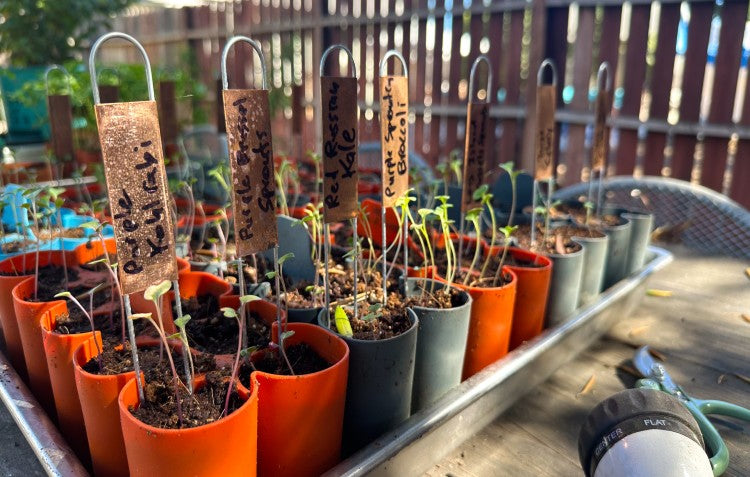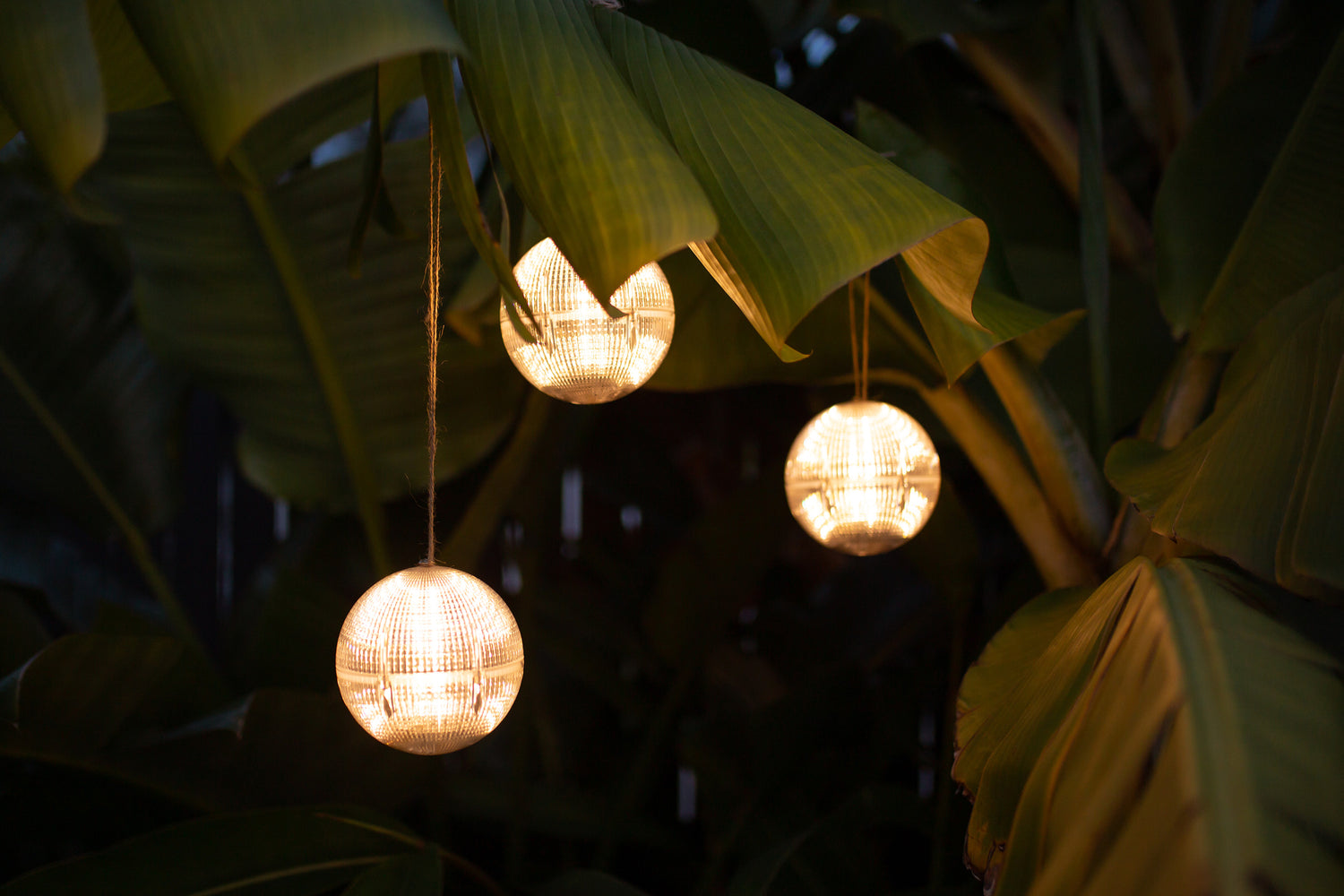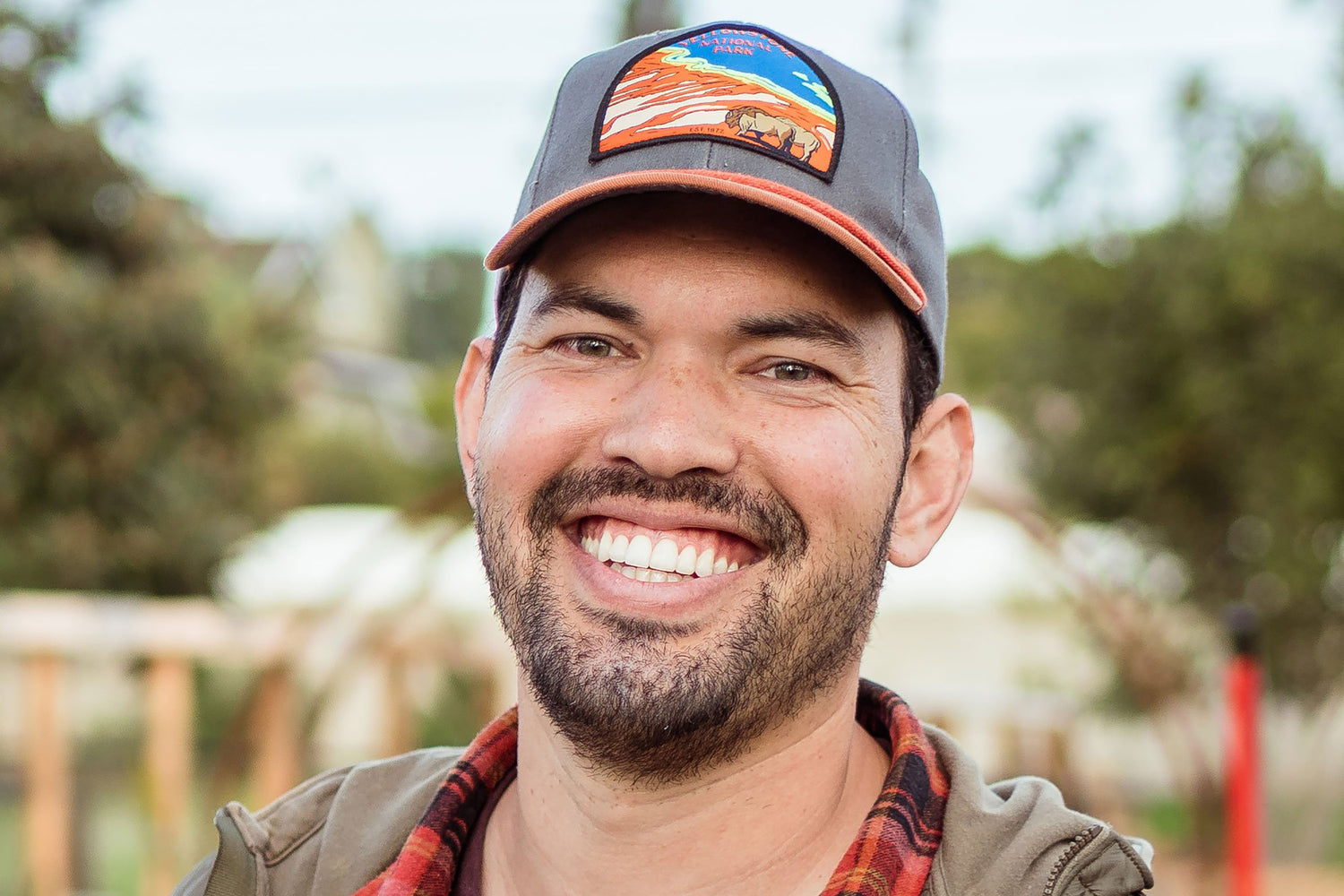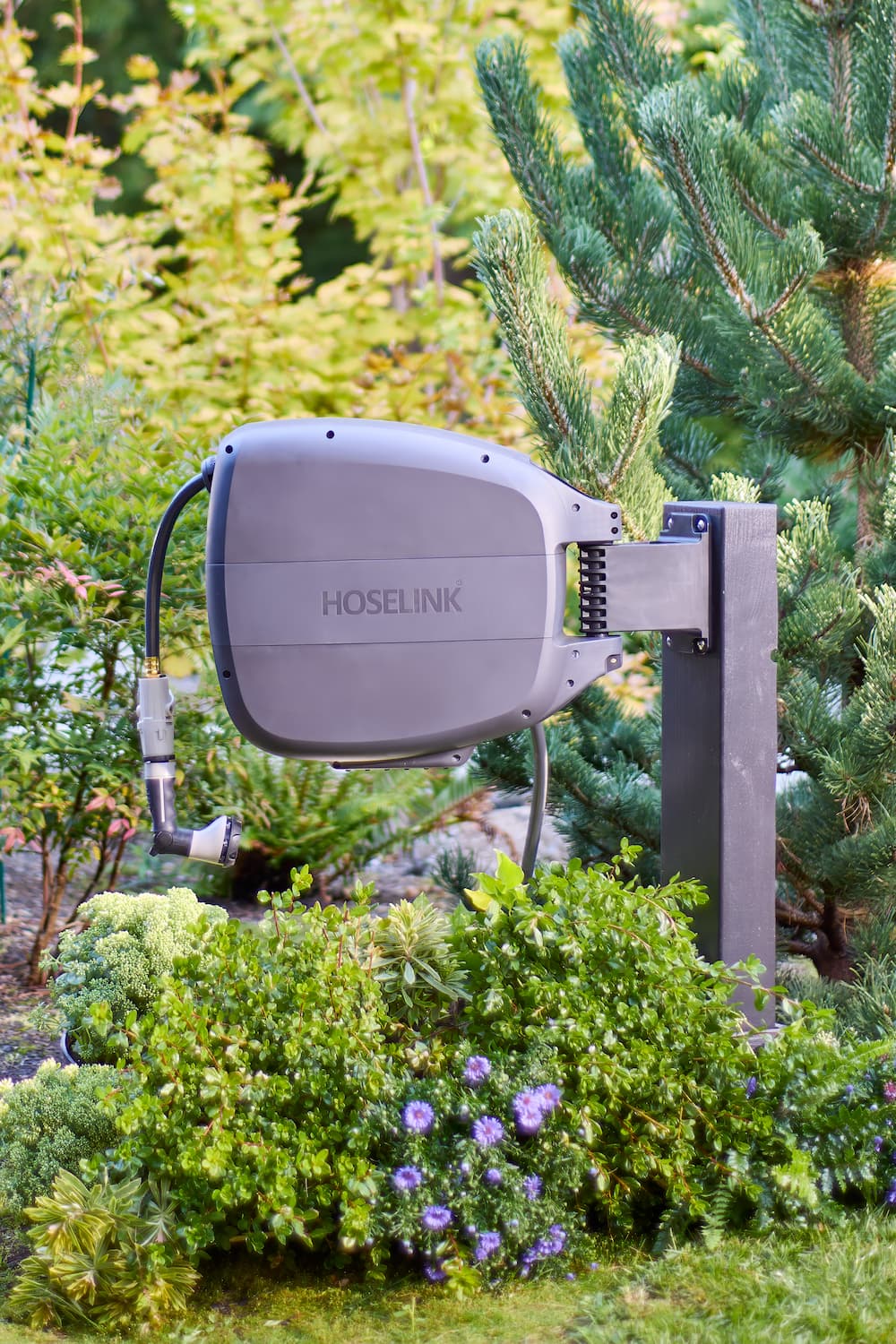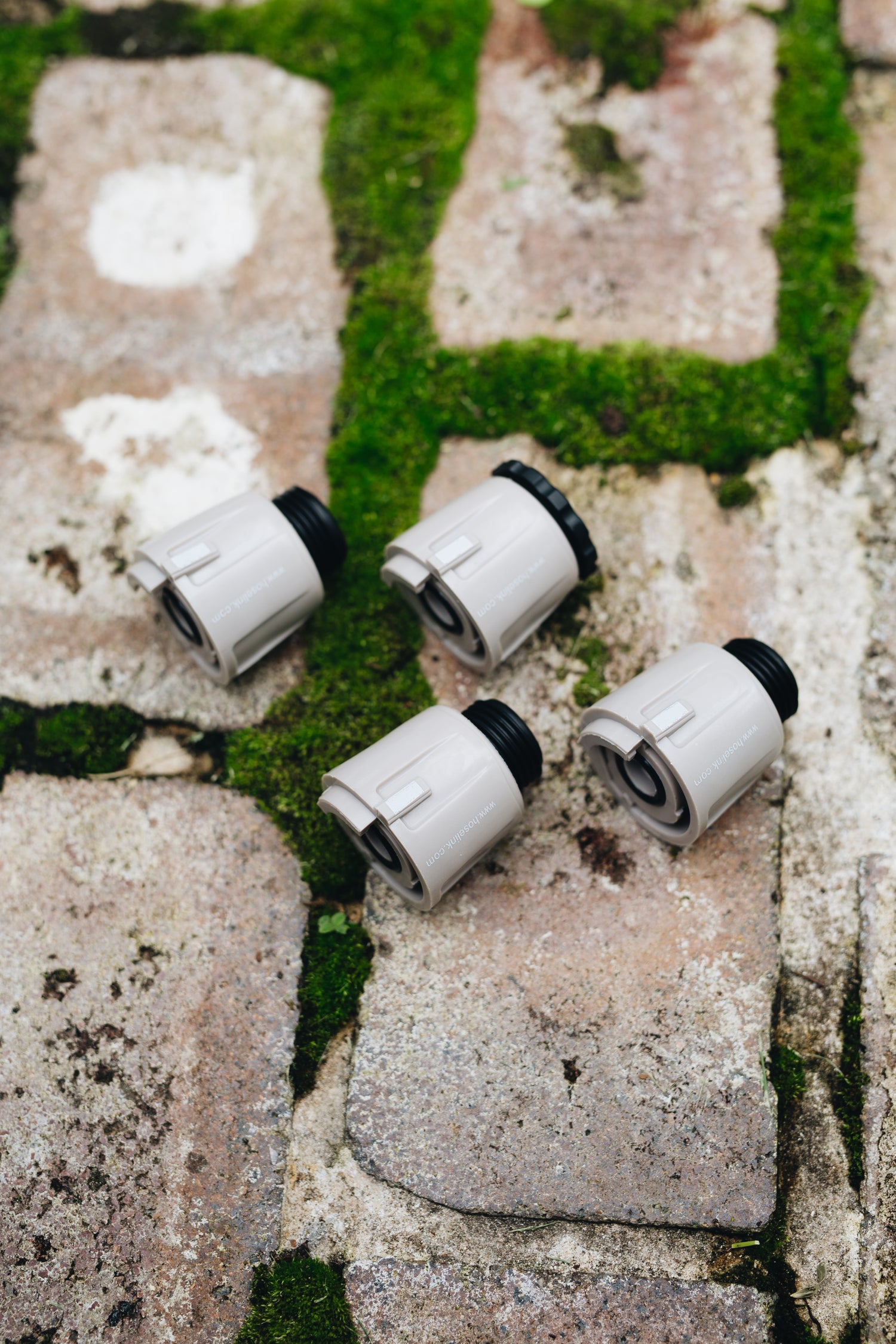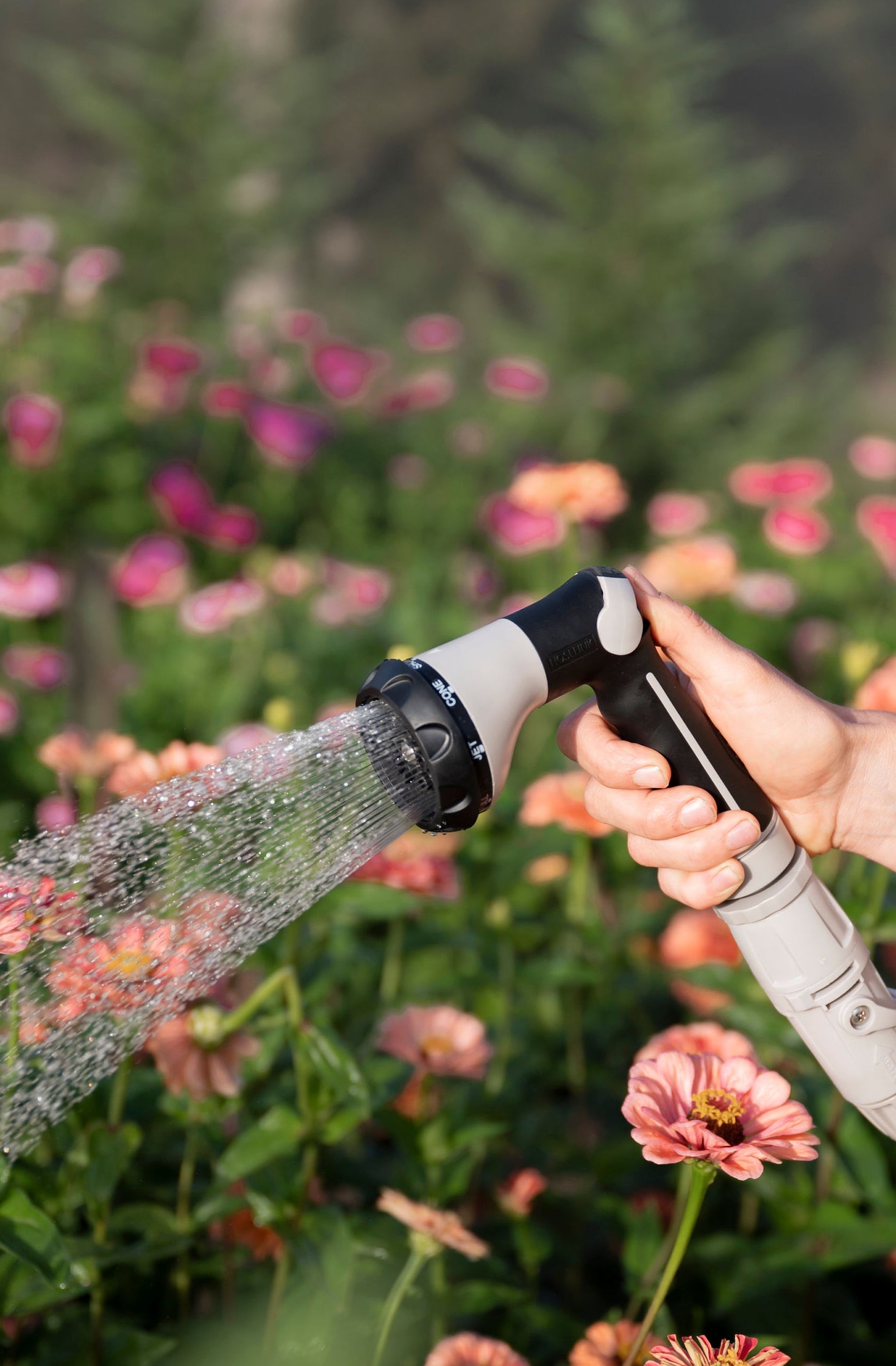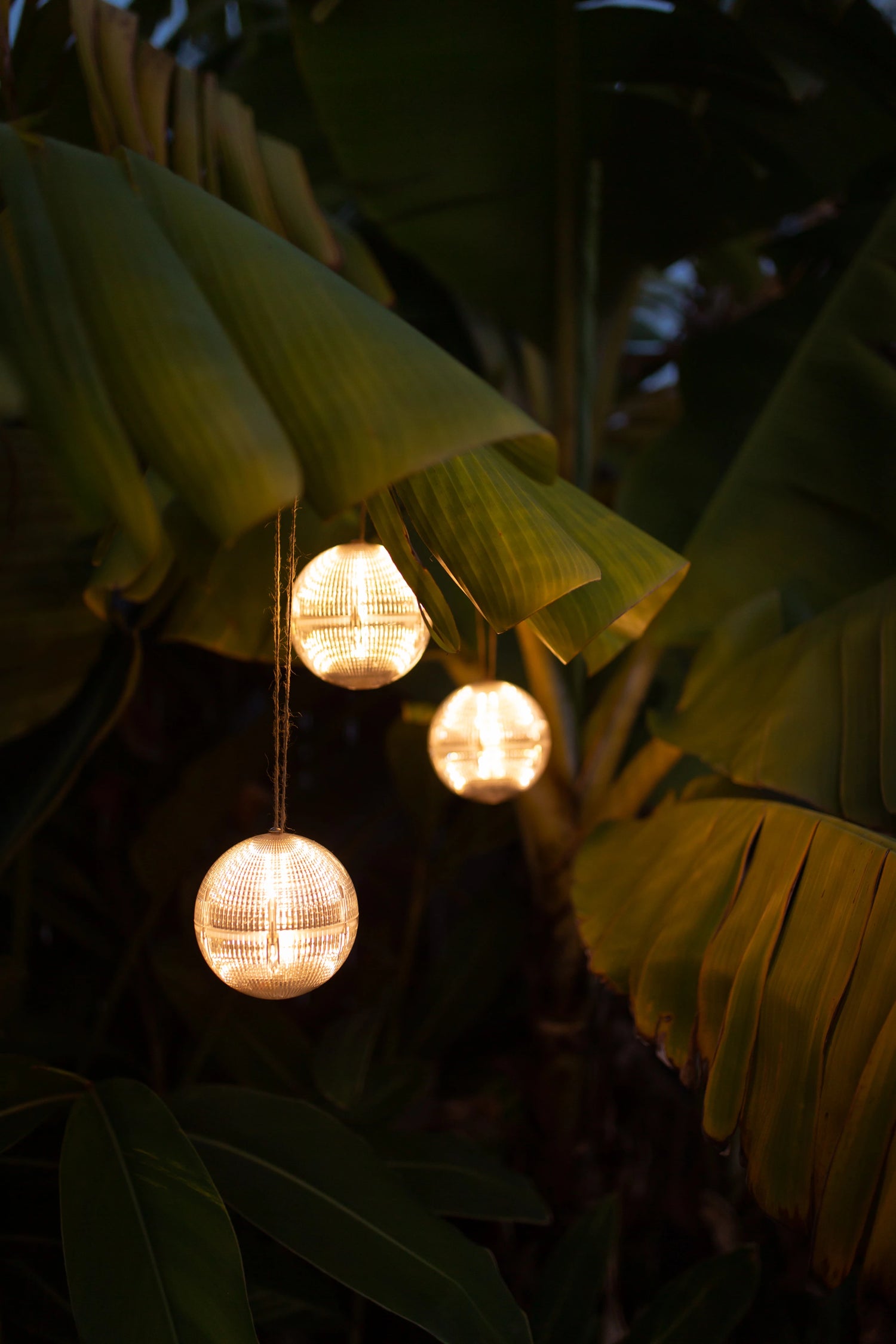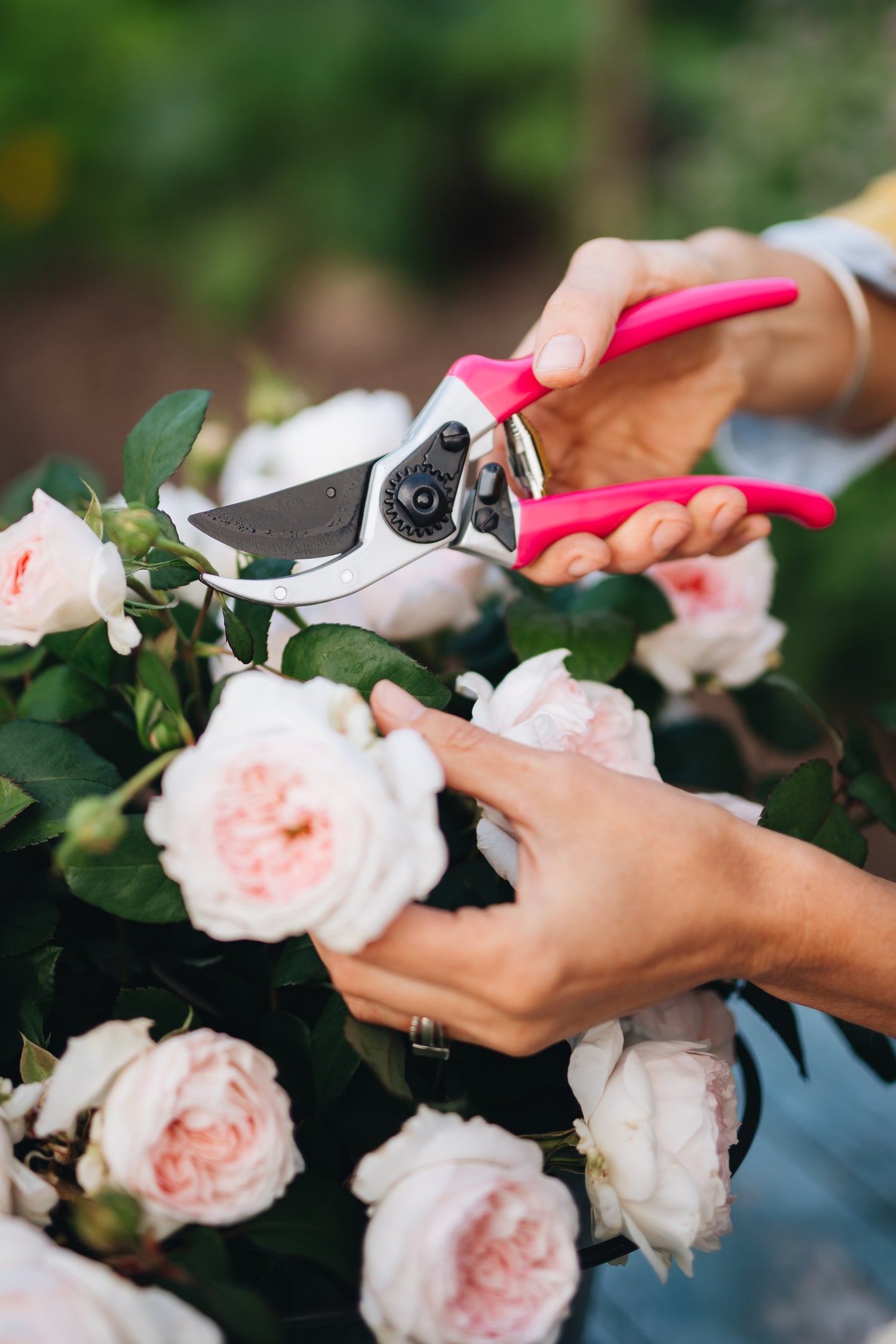One of my favorite playground fixtures as a child was the seesaw (or teeter totter), and being quite the troublemaker I would always try to stand on it in the middle and balance both sides. If that ever became too easy, I’d take it to the next level by inviting my friends to bounce on either end until the swings grew so wild that I inevitably lost my footing.
Why do I mention that? Because that is precisely what gardening in Zone 10 in September feels like. While some years we are luckily graced by cooler temperatures in the beginning of the month it is, more often than not, just as hot as July and August were. And yet, fall is indeed coming.

Much like standing with two feet on opposite ends of a friend-laden seesaw, we find ourselves caught between summer gardening and the pull of fall. And just like that one friend who jumps a little too hard, a sudden heat wave can throw everything off, stressing your summer plants and knocking out the fall seed starts you may have bravely begun back in late August (if that’s you, I salute you). Then, of course, there are those teasing stretches in the high 70s or low 80s, like when your friends sync up with gentle bounces, lulling you into thinking fall has finally arrived. But it never lasts, and sooner or later you’re bound to get jolted.
So how do you keep from getting tossed off the metaphorical seesaw of late summer and early fall gardening? You let go when you know it’s time.
Hanging Onto Summer (But Not Everything)
September gardening is a lesson in knowing what’s worth keeping and what it’s time to cut loose. Just because a plant is still green doesn’t mean it’s worth saving.
For example, my zucchini plants are still pushing out the occasional flower, but they’re also fighting powdery mildew for their lives and it’s realistically only going to get worse. What’s my move? Cut them down.
Tomatoes and peppers tell a similar story. If your plants are still loaded with new flowers and developing fruit, by all means hang onto them and keep up gentle pruning and watering (if you want to). But if you have no new flowers, and only green-ish growth you should compost it, and prepare that space for something better. Thankfully my carolina reapers are producing more than ever, but I’ve already removed a few other pepper plants.
 Any late-season plantings are somewhat of an exception, and if you did plant some quick growing cucumbers in August like I did then leave those be, and don’t judge them by the same standards as they establish.
Any late-season plantings are somewhat of an exception, and if you did plant some quick growing cucumbers in August like I did then leave those be, and don’t judge them by the same standards as they establish.
The bottom line? Pick the crops that really matter to you and support them with fertilizer, pruning, and consistent care, but don’t spend the same energy trying to prop up every tired summer plant.
Seeds, Starts, and Timing
As you clear space, the next question is: what now? September is the perfect time to either start your own seedlings or plan ahead for a later sowing when the temperatures cool.
I’ve already started brassicas including broccoli, cauliflower, kohlrabi, kale, and a few others. I started them ambitiously early with the hope of transplanting by the end of the month, giving me a head start on fall harvests and even if those fail, I’ll start again later and everything will be fine.
 If you’re new to seed starting, play it safe. Start trays toward the end of the month when the risk of heat stress is lower. Direct sowing also becomes more reliable as the weather shifts, especially for peas, fava beans, and other legumes (including flowering legumes like lupines)
If you’re new to seed starting, play it safe. Start trays toward the end of the month when the risk of heat stress is lower. Direct sowing also becomes more reliable as the weather shifts, especially for peas, fava beans, and other legumes (including flowering legumes like lupines)
And don’t forget medicinal herbs. Many of them benefit from fall sowing, though some need cold stratification. If that’s the case, now is the time to tuck seeds into a moist medium in the fridge so they’re ready to plant by late September or early October.
Choose Your Fighter: The Three Gardeners of Fall
To further date myself, one of my favorite games growing up was Mortal Kombat. And when it comes to fall gardening, I think the metaphor fits: you’ve got to choose your fighter.
 The Super Ambitious Gardener
The Super Ambitious Gardener
This is the gardener with full energy available, who dives in headfirst. You’re starting seeds now, and planning for a second round later in the month (just in case). You’re direct sowing legumes, experimenting with lupines or other nitrogen-fixing flowers, and actively amending soil with compost, biochar, and worm castings as space clears. You’ve either already pre-ordered your garlic, onion sets, and seed potatoes, or you’re about to - making sure you get the best varieties before they sell out so you can plant right on time in late September or October.
The Medium Ambitious Gardener
This gardener wants a productive fall garden without the stress of managing everything from seed. You’re grabbing starts from a local nursery or overly ambitious gardening friend, and direct sowing reliable crops like peas and favas. You’re amending as you plant, not weeks in advance, and pacing yourself instead of rushing. You’re probably just starting to look at garlic, onions, and potatoes now - maybe browsing what’s available online, but most likely planning to pick up whatever your local nursery has when you see it. That’s totally fine, just don’t wait too long, because once the soil cools by late September into October, it’s the perfect planting window.
The Burnt-Out Gardener
Then there’s the gardener who’s just plain tired, which I have been many times. By the time summer ends, you are just done with seedlings, pests and all things in the garden. If that’s you, the best move is simple: cover crop. Toss out fava beans, alfalfa, or clover. They’ll feed your soil, look pretty, and support pollinators when spring rolls around. If you feel up to it, add some sugar snap peas. By the time they’re ready to harvest, you might just find your energy again.
And even if you do nothing else, consider planting at least a small patch of garlic or onions, or tucking a few potatoes into the soil. They’re nearly hands-off, don’t need special care, and even in my laziest years I’ve still managed to harvest delicious bulbs - smaller when neglected, sure, but still worth it.
Closing Thoughts: When to Jump Off
September gardening in Zone 10 is like balancing on that old seesaw. You’ve got one foot in summer and one foot in fall, and it can be exhilarating, or exhausting.
But here’s the key: you don’t have to ride it until you get thrown off. You can choose when to jump. That might mean hanging onto a beloved pepper plant while cutting down your zucchini. Or it might mean taking a break altogether and letting cover crops do the work.
 Be really honest with yourself. Not what you’d like to do in a perfect world, but what you can actually handle right now. Maybe you’re feeling like the super ambitious gardener already pre-ordering garlic, onion sets, and seed potatoes. Maybe you’re the medium ambitious gardener who’s browsing, but will likely grab whatever’s at the local nursery. Or maybe you’re the burnt-out gardener who can only manage cover crops and a small patch of onions, garlic, or a few potatoes, or just needs the whole season off.
Be really honest with yourself. Not what you’d like to do in a perfect world, but what you can actually handle right now. Maybe you’re feeling like the super ambitious gardener already pre-ordering garlic, onion sets, and seed potatoes. Maybe you’re the medium ambitious gardener who’s browsing, but will likely grab whatever’s at the local nursery. Or maybe you’re the burnt-out gardener who can only manage cover crops and a small patch of onions, garlic, or a few potatoes, or just needs the whole season off.
The truth is, you’ll probably be each of these at different times. I know I have. And that’s okay. What matters is setting expectations that match your energy and remembering there’s no judge. Listen to yourself, pick your pace, and know that whether you’re ambitious, medium, or burnt out, there’s always a way forward.

